
How to Walk and Talk
On the mechanics of the walk-n-talk, and tips for executing one successfully
Ridgeline Transmission 043
Nobody in our group died on the walk-n-talk in China. This was good, but not guaranteed of course. Anyone can die at any moment. On the walk itself a Chinese man died just next to us. He collapsed. His wife wailed. We couldn’t tell if they were faking it or not. Two dozen people, including what looked like police, stood around staring. This is a thing in China, apparently — the faking of death or injury. But the wailing was convincing, feral, and when we passed by the shop again an hour later, someone was performing CPR on the body. Later we dined right in front of a funeral in a market; firecrackers went off in oil drums like machine gun fire and a sort of farmer-version of Dizzy Gillespie played a high-pitched trumpet using circular breathing.
So, you know — Death! It was right there the whole time. But yesterday marked the completion of a a successful “walk-n-talk” through southern China. We were a group of ten. We walked from Guilin to Yangshuo,1 only once relying on a conveyance other than our feet — at one point we drifted a few kilometers down the Yulong River, reclining on skinny bamboos rafts like hobo-royalty, but only after having clocked a solid 17 kilometers that morning.
In total we covered about 130 kilometers in seven days. The weather was mostly overcast, to our delight, as bright blue skies and direct sunlight would have sweltered us into the mud and asphalt. The gentle cloud cover lent an ethereal quality to everything around us, added wispy mist to the famous limestone karsts beside which we were flanked, and cast the interiors of village homes with a soft glow — never saturnine, never dreary — through their often dirt-caked or broken windows; yams and pots and rags and drying socks became fleeting Renaissance still lifes.
The “talk” part of the walk-n-talk was energizing and endless — we blabbed a solid 14 hours a day, and would have blabbed more had we not been so knackered from the walk. The walking and talking balance was correct, the food poisoning kept at bay, and the final destination well earned — a gorgeously appointed “mountain retreat” hotel of stone and wood and tile — the likes of which wouldn’t seem out of place deep in the heart of Yosemite National Park — owned and operated by route coordinator, beloved guide, interpreter, fearless hugger of old Chinese men, finder of rice wine breweries, friend and fellow walk-n-talker, Chris Barclay. We ticked off our 130th kilometer and plopped ourselves down in front of his cozy fireplace, around which we continued to talk for another day and a half, even though the walk was fully completed.
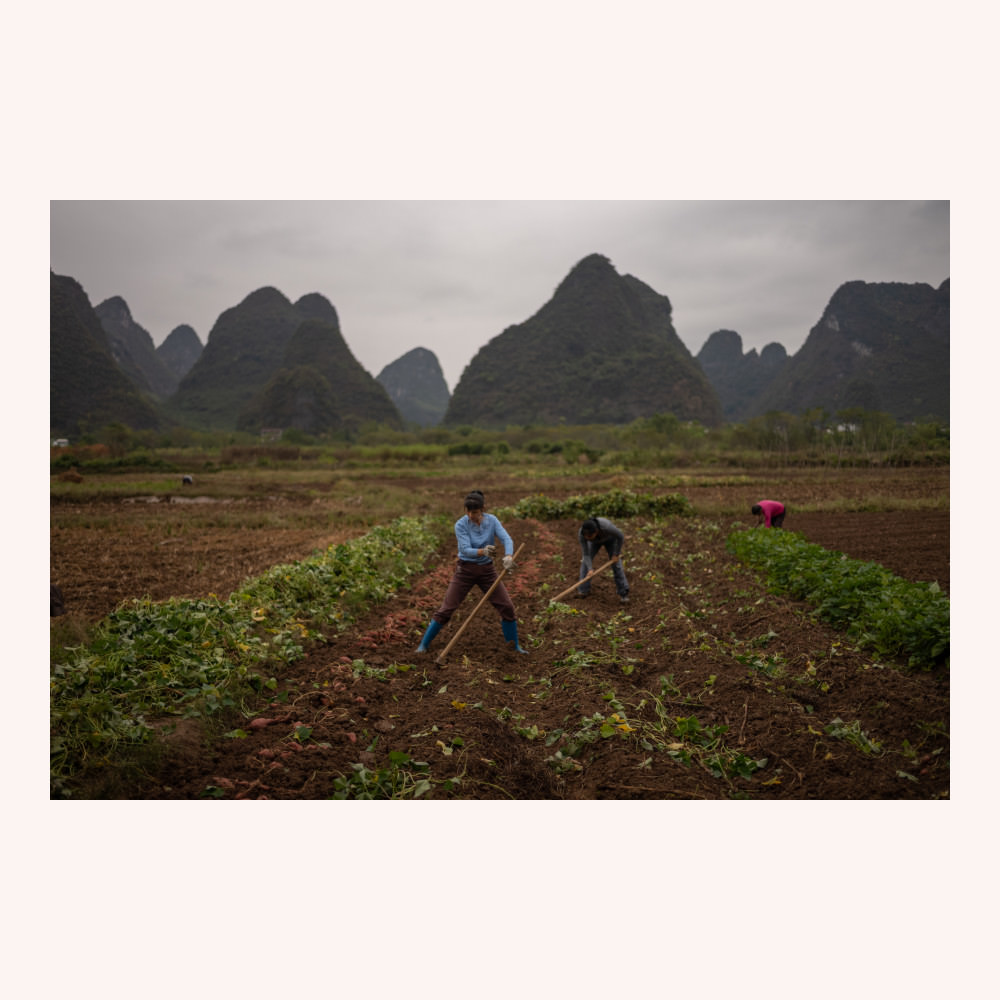
A walk-n-talk works like this: gather 5-10 curious, kind, generous, patient, inspiring people and set a walking course through the countryside for a week, plus or minus a day or two. A week works well because it may take a day or two or three for people to open up, for the so-called “situational extroverts” to fully emerge from their shells, for the nerves and discomfort of jet lag or the walk itself to be quelled by a solid night’s sleep or carrying the right amount of water or taping up hot spots on the feet just so.
The goal of a walk-n-talk is precisely what it says on the container: to walk and talk. The walking rousing the talking, and the talking providing an intellectual vitality crucial to keeping a body engaged and excited — and sometimes walking — for 10 or 12 or 14 hours a day.

The more diverse the group the better. Ideals aren’t always possible, but the greater the age range, the more even the gender split, the more wacky the backgrounds, the more varied the professions, the better conversations will be. For example: A couple of ex-convicts just released from San Quentin and the judge who commuted their sentences might be a good start. Thirty years ago, Richard Feynmen would have been a fine candidate. As would Rosa Parks. Galileo himself, or maybe even just his fingers, borrowed from the Museo Galileo in Florence. You know: Someone or something to lighten the mood with the benign violation of humor. Food folks work, so extend an invite to Julia Child. In our fantasy world of walk-n-talk, why not pair her with Chewbacca? Get creative. The important point on which to be uncompromising, as noted above, is worth repeating: Optimize for kind, generous, patient, inspiring people.
You don’t want any ding dongs or jerkfaces or prisses or hyper-critics along for the walk. Done right, the walk part of the walk-n-talk will be sometimes onerous. Sometimes the day is a bit too long. You get lost. “Just a little further” turns out to be ten more kilometers. “What is adventure after all but inconvenience properly regarded?” quoted one of our walkers in China. That’s not only an excellent general life philosophy, but an excellent one to have when sussing out the pentimento-like remains of old countryside paths, when beta testing a route that hasn’t been properly walked in decades.
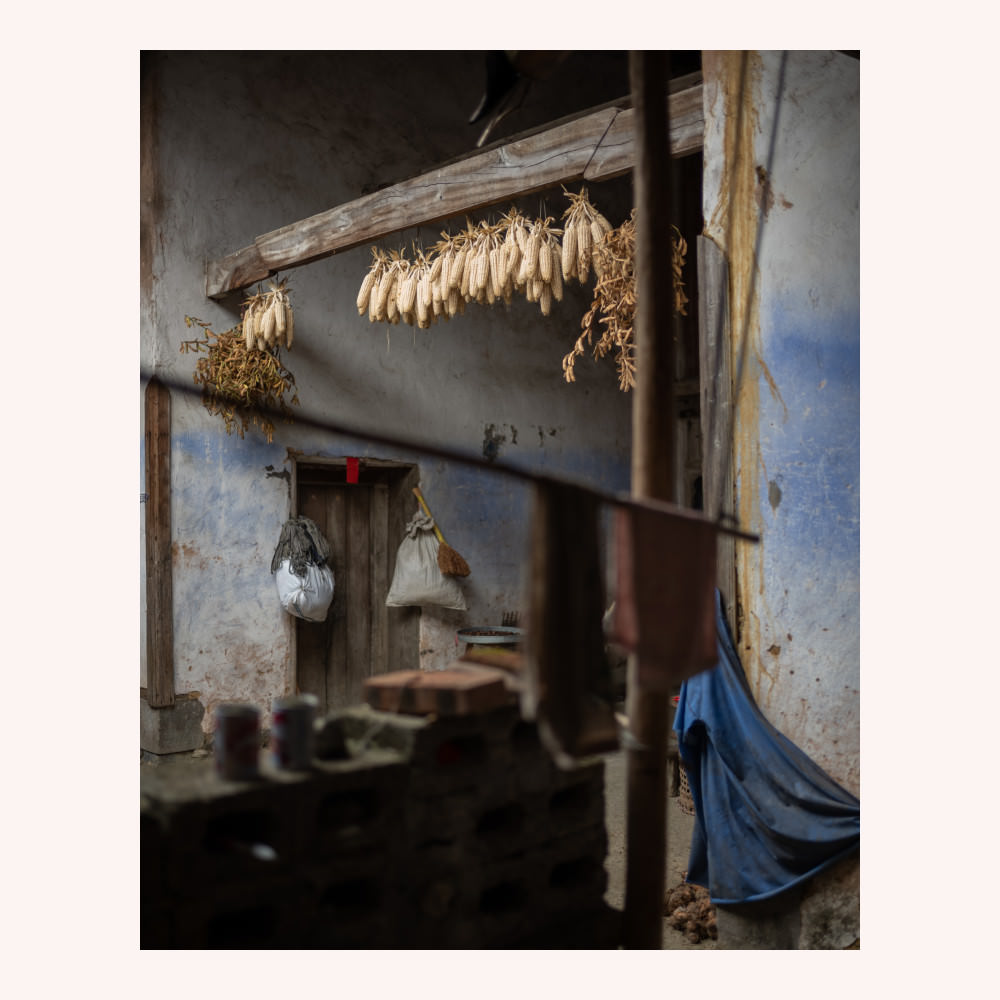
Kevin Kelly and I have now co-organized a couple of walk-n-talks. In doing so we’ve found that 12km a day is a good pace. You may think, 12km? That is nothing! But it is very much something. It allows for exploring small towns and villages along the way, for taking breaks as needed, brewing coffee in the home of a farmer who spontaneously invites you in out of the rain, tasting a few varieties of local wine at a pop-up Chinese winery, for leisurely photographin’ when the photographin’s good. Sometimes you will emerge from a mountain pass into a mountain-side pasture of kumquat trees. Are those orangelike citrus-related fruit owned by some farmer? Perhaps. Will the sweet rind and acidic pulp power the legs of walk-n-talkers for the last few kilometers? Absolutely.
Sure, 12km attacked head-on is completed in just a few hours. But 12km attacked with a roving curiosity easily occupies a solid day. On this China walk-n-talk we knocked out about 18km a day and while it was possible — and in some ways uplifting, since for many in the group it was by far the most they’ve walked continuously day after day — a little less walking would have meant a little more time to decompress before each evening’s single-topic conversation.
For — aha! — the day does not end when the walk is done. Like second-stage rockets, dinner is where the talking leaves the gravitational pull of the walk, guided by a the far-off star of a single-topic. These single-topic conversations are the tentpoles around which the days revolve, and invariably, around which conversations-while-walking grow and layer and weave together into a kind of weeklong tapestry of quotes, insights, book and film recommendations, and general ideologies about life, family, business, love, et cetera. From this tapestry emerges a kind of scene amongst the walkers, and, if you squint just right, perhaps a germ of genius, or as Brian Eno calls it, “scenius.”
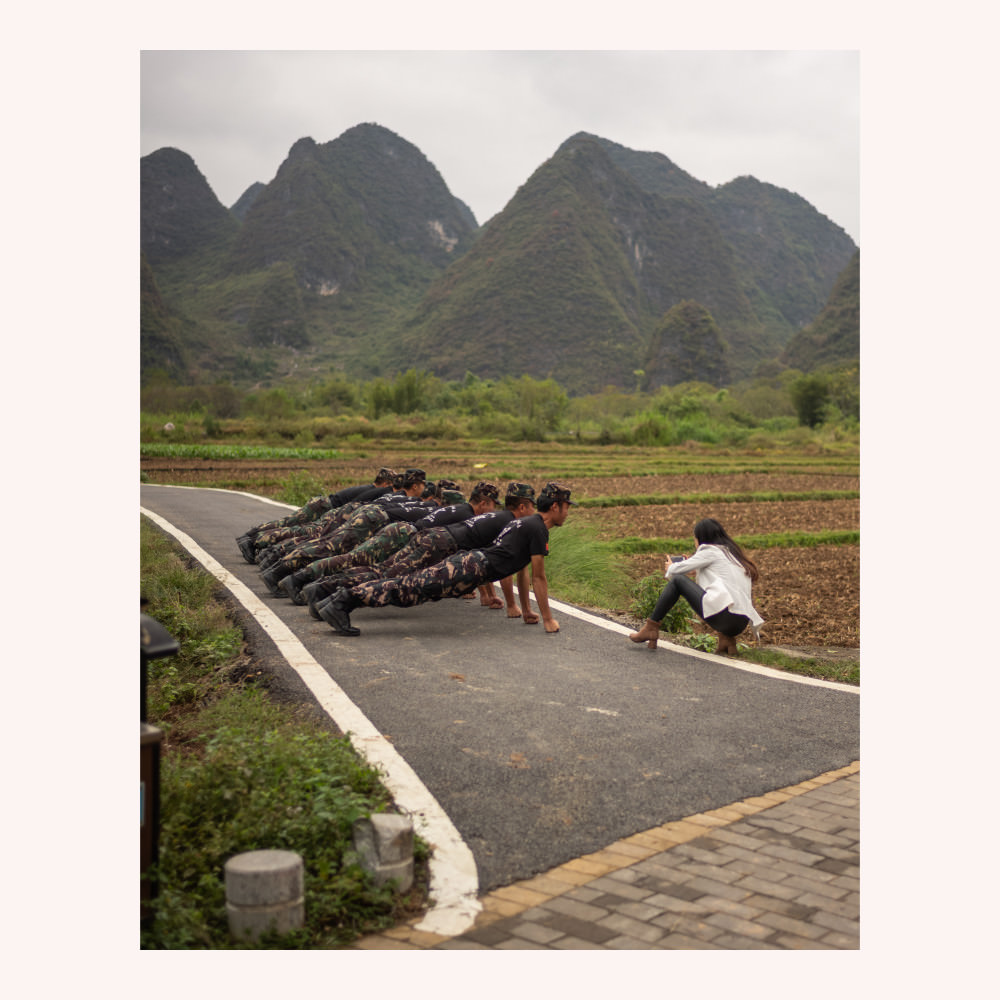
Each day a topic is chosen by a member of the walk-n-talk crew. In China, some examples: friendship, the future of art, adventure, failure. In Spain, last year along the Camino, we had a fairly candid and revealing conversation about money and our individual philosophies around money therein. The trick is to find a restaurant with a private room, a single table to sit around, an environment quiet enough for all to be heard. Orders taken, drinks in hand, everyone in place, the topic is then discussed. If a few people begin to drift off-topic be vigilant, pull them back in. It’s not only a single topic but also a single conversation. Everyone listens to everyone. Everyone who wants to speak, speaks. Foster a self-awareness of convo-monopolization. The person who chose the day’s topic moderates, sets the conversational tone. What is friendship? How is it defined? What are its boundaries? Do you remember the first friend you made? Or, what in the world do you consider a success that society considers a failure?
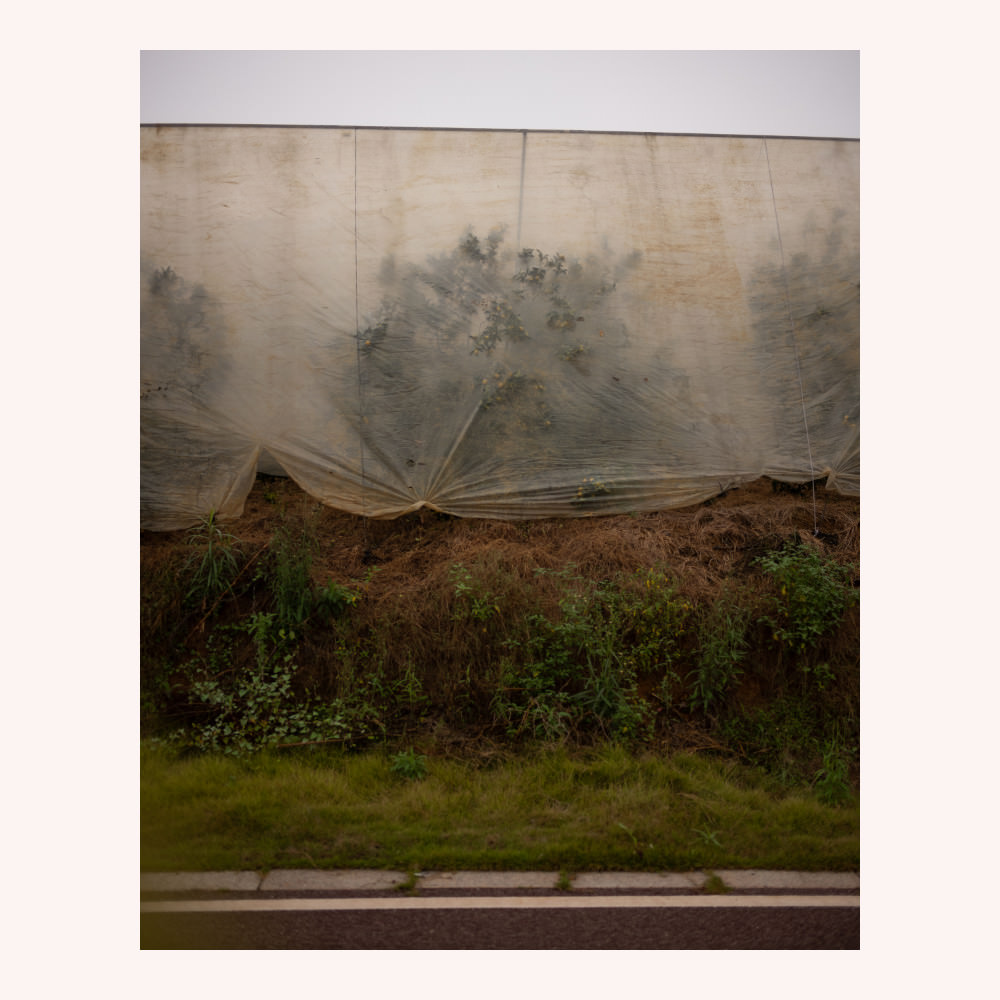
Concrete examples work well. Abstractions are less useful, although they can be useful paired with a concrete example. In other words: Having now taken part in many single-topic conversations, the ones that have felt most successful are those that involve stories.
Tell on-topic stories. Be absurd. Get trounced by a midget boxer in Cuba, break a rib, and then kiss him on the forehead; get on a boat to sail across the Atlantic with folks who’ve never before owned a boat; recount from your childhood watching if not in horror, then in awe, as some boys from your high school pull over to the side of the road in Montana and bash an “abandoned” car; remember how spelling an obscure Scandinavian name in first grade inaugurated your first true friendship; lose a bet, be forced to dedicate an issue of a newsletter to Dean and Tim; recount how you seduced John Updike into writing an introduction to your book of photos about golf. Use those to peel off into abstract cul-de-sacs, being sure to return once again to the mode of storytelling.
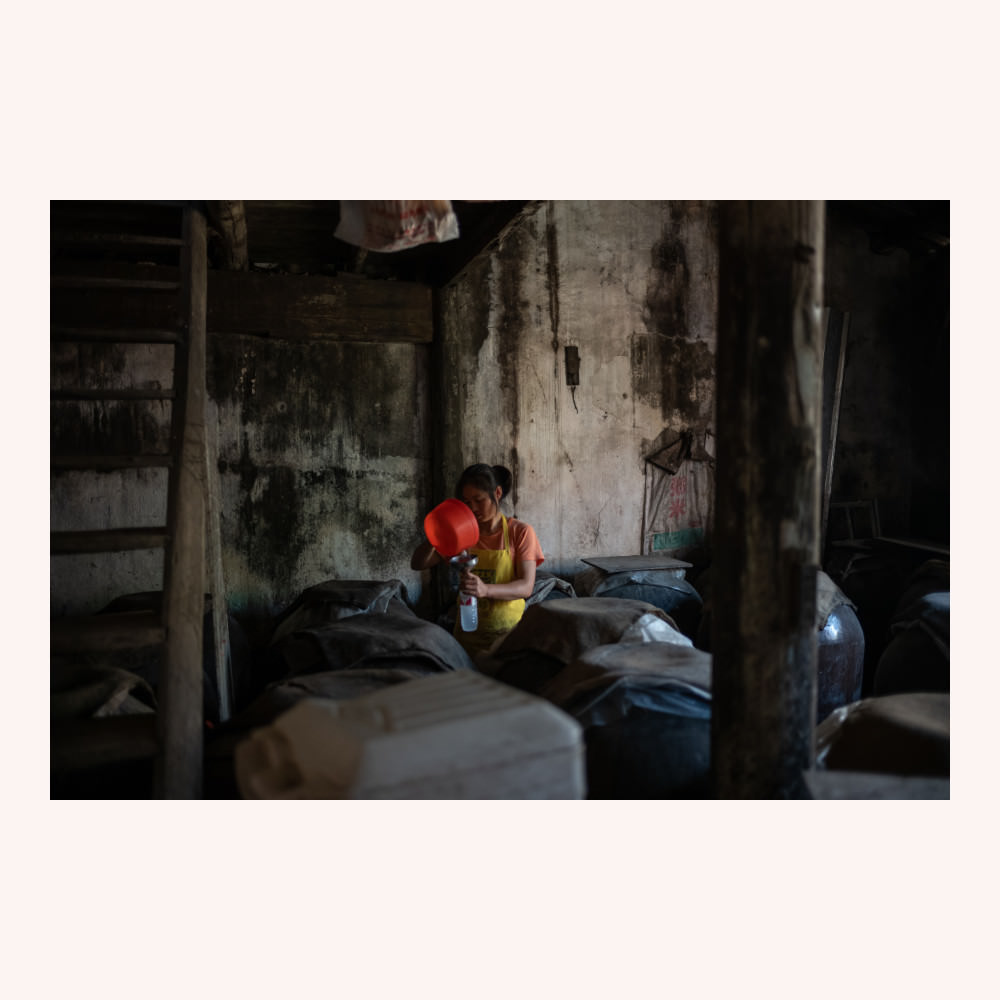
Words are also great catalysts. Words like “consumptivity” — the act of buying higher quality instead of more. Questions, excellent: Why don’t we use more recyclable glass bottles? (Their recyclability overestimated, they last a scant five or six uses, are more difficult than you’d think to clean and sterilize, and are far too heavy for selling two liters of liquid.) What’s the bit-flip for AI into “true” consciousness? What does the continuum of consciousness really look like?
We’ve found these single-topic dinners are a bit like karaoke — any initial hesitance to share quickly melts away, and by the end everyone is vying for the mic, to get in just. one. more. ridiculous tale.
It can be useful to have someone take notes, keep a log, jot down all the references, share it back with the group at the end.
Sometimes the single-topic dinner conversations are two hours long, sometimes four. Sometimes they continue on, half the group asleep, the other half chatting until 3 a.m.
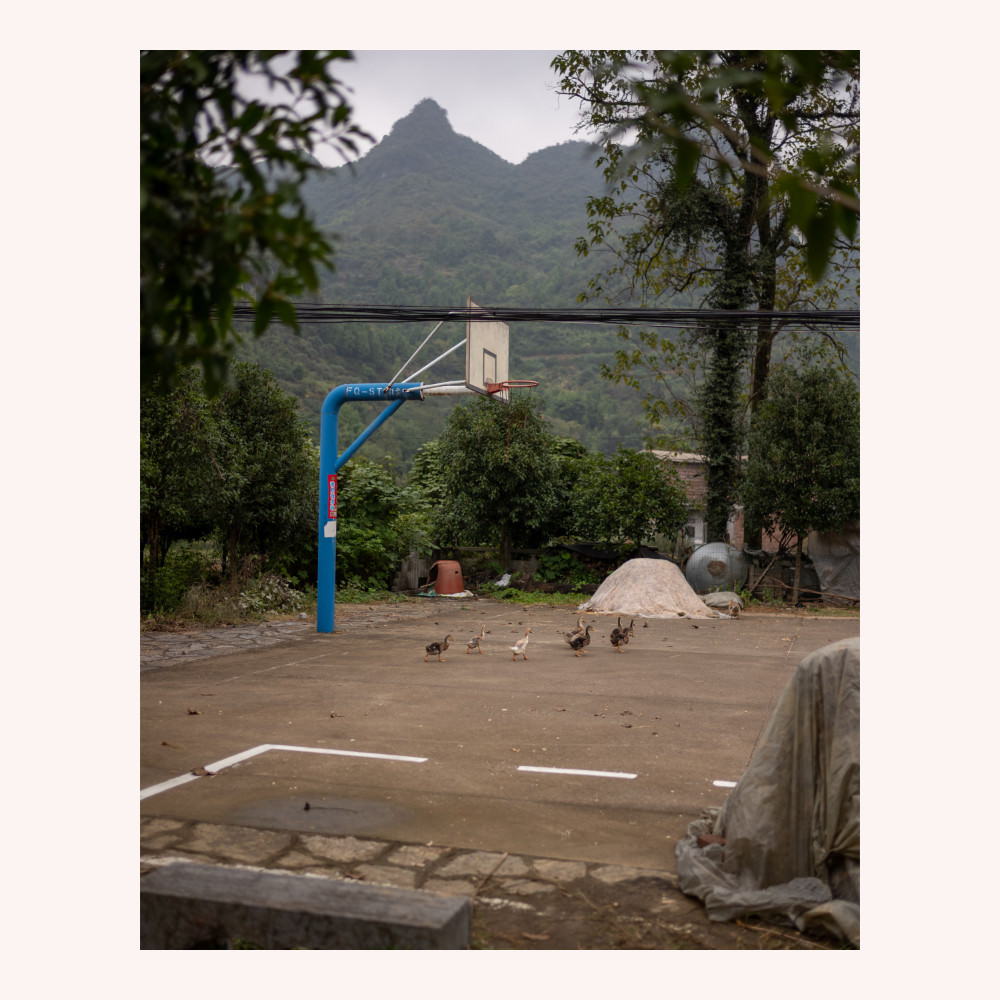
And as for sleep, you may slip into bed suddenly sobered and swamped by torpor, wondering: How can I possibly walk another 20km tomorrow with this weary body and liquefied mind? But that is the magic of the walk-n-talk. You wake, you eat your breakfast noodles (go easy on the hot sauce), guzzle some slap-dash coffee, and once the feet start moving the talking becomes analgesic, the weariness is if not actually gone, gone from mind, and before you know it you’ve knocked down a dozen kilometers and a dozen more, and yet another day is done, and yet another evening of great conversation is complete. You slip into bed thinking once again: Impossible. It will be impossible for me to do this again tomorrow. And yet you do, are buoyed, pulled along, because you’ve chosen the right set of folks: Kind, generous, patient, inspiring.

Anyone can organize a walk-n-talk, and walk-n-talks can happen anywhere. We’ve done a couple in Japan, one in Spain, and one in China. We’ve found it most useful to do them where luggage forwarding is possible since it’s much nicer to walk with a simple day-pack than 10kg of gear. This also increases the breadth of folks able to participate. Kevin calls this “assisted backpacking.” We recommend that the walk be continuous, unbroken, since getting on and off transportation is often a disruption and introduces unnecessary complexities. So, yes, you may be traipsing through the mud and woods during the day, but an inn, a hotel, a hostel, a something awaits the crew come evening. By setting up a walk-n-talk like this you can pathologically double, triple, quadruple-down on the talking, the thinking, the connecting, the sense of wholeness and oneness and all the other wonderful cosmic corollaries of spending an extended period of time in the presence of exemplary folks bringing their best selves to the table.
So, please, walk-n-talk. And if you do so, please let us know. Was yours successful? Where should we walk-n-talk next?
And furthermore, do you wish to walk-n-talk? I’d like to collect a list of eager potential walkers, as it’s easy to get stuck in your own little bubble of invitees. Sign up on this form. (Or suggest others who you may think would be excellent candidates! This list will only be used as a reference for invitees, the email address only for extending an invite.) No guarantees, but we’ll keep you in mind for future walks.
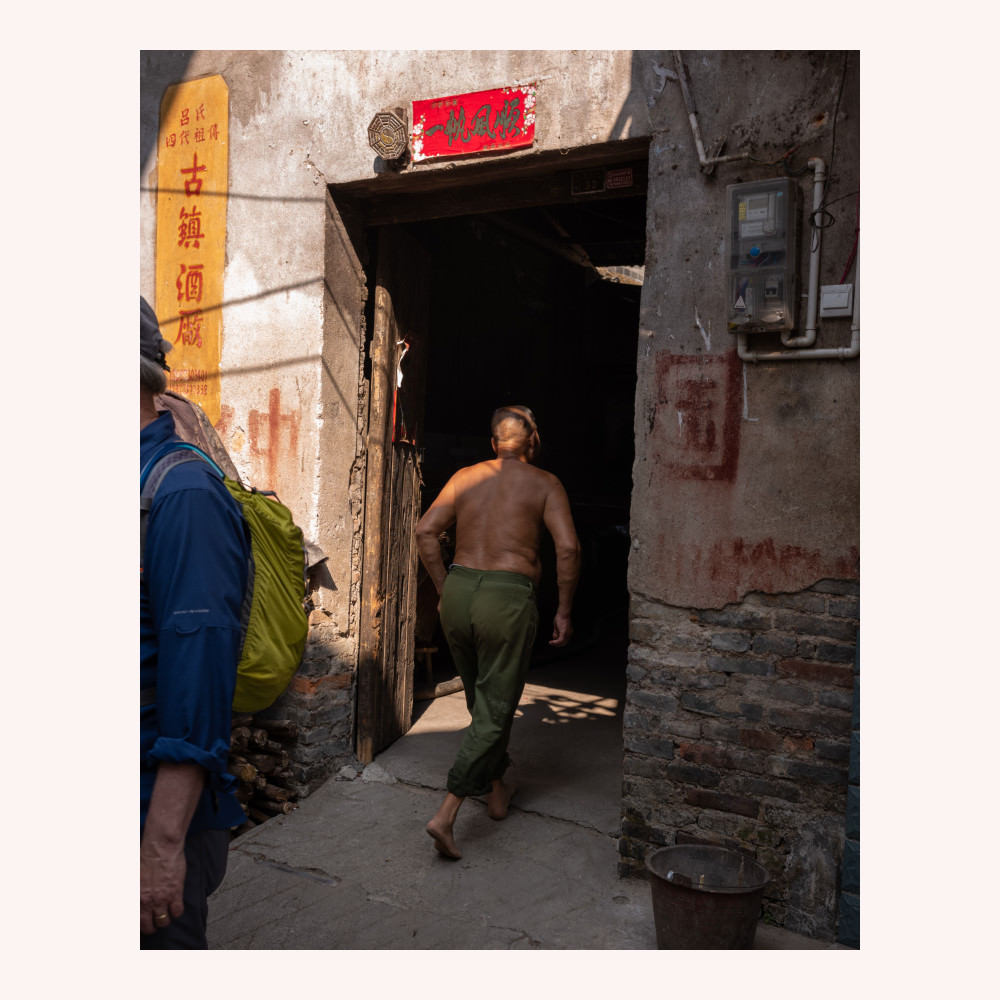
I have a plane to catch. A mind swimming with ideas, and a set of notes on books and media, art and science and literature, to mull over on the way back to Japan. The biggest of thank yous to my fellow walkers on this past trip for being kind and generous and patient and inspiring. For walking well. And for talking, endlessly.
Until next week,
C
Your weekly reminder: This newsletter is made possible by members of SPECIAL PROJECTS. If you’re enjoying it, consider joining. Thanks.
Fellow Walkers
“I’m from a part of the world where cities are empty at night and pavements are, metaphorically, getting folded up. I now walk streets and places, illuminated by streetlights only, wherever scientific conferences bring me: crossing through quarters – imagining what it’s like to live here, enjoying the perfect calmness with the first snow cautiounsly falling, acknowleding the occasional passer-by with a nod and a smile.”
(“Fellow Walkers” are short bios of the other folks subscribed to this newsletter. In Ridgeline 001 I asked: “What shell were you torn from?” and got hundreds of responses. We’re working our way through them over the year. You’re an amazing, diverse crew. Grateful to be walking with you all. Feel free to send one in if you haven’t already.)
-
Care to do it yourself? Feel free to download the .gpx file of our route: yangshuo-heritage-walk.gpx ↩︎

